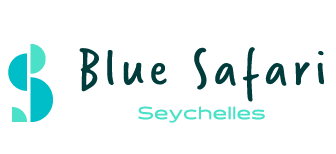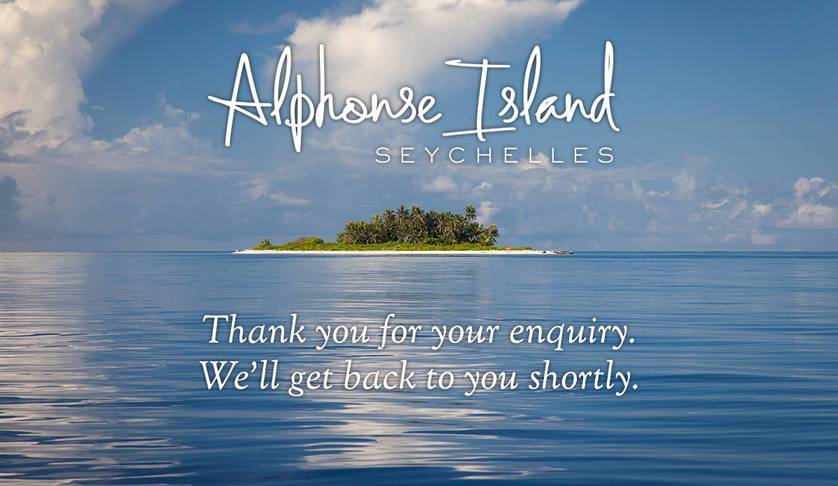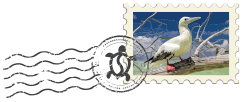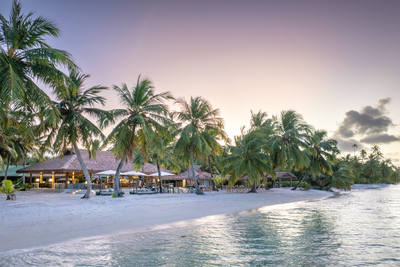Conservation Highlights 2019
Posted in
Conservation Highlights 2019
Dec 23, 2019
Conserving the breathtaking natural beauty of the remote Outer Islands of Seychelles lies at the heart of who Alphonse Island is and what we do.
As the stewards of this area we work together with various partners and stakeholders to continuously pioneer conservation in this region.
OUR CONSERVATION PARTNERS
The Island Conservation Society (ICS), headed up on Alphonse Island by Gail Fordham, Chris Narty and George Curd are a local non-profit, contracted by Islands Development Company (IDC) to carry out long-term conservation projects across the Alphonse Group.
Their work is incredibly important to ensure the on-going sustainability of the resort operations. We respect their advice on a range of topics affecting the native wildlife and vegetation. From ‘turtle-friendly’ lighting options to making the world-famous flats fishery as conservation-minded as possible.
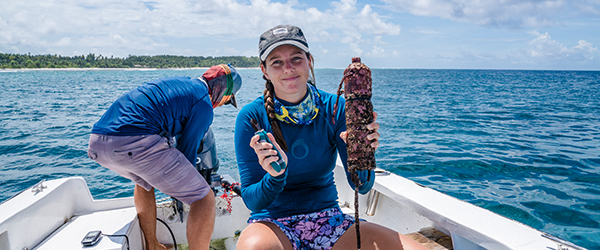
ICS, IDC, Blue Safari Seychelles and the Ministry of the Environment are brought together forming the Alphonse Foundation which meets every year to discuss conservation projects across the islands, sustainable development and the channelling of funds into ICS activities here on Alphonse Island.
Our guests contribute an important conservation levy, these funds, in addition to other guest donations are managed by the foundation and allocated to specific projects.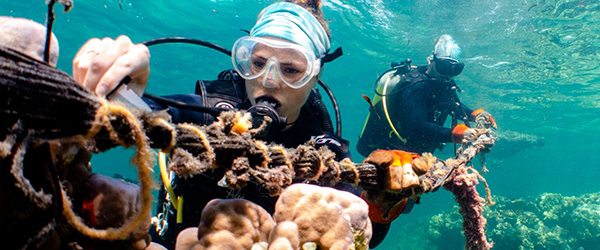
CONSERVATION HIGHLIGHTS OF 2019
The main ICS projects operating across the Alphonse Group are listed below with some key highlights achieved in 2019!
1. Monitoring the Spatial Ecology and Post-Release Activity of Giant Trevally
In 2018, we embarked on an exciting project to study the movement patterns of Giant Trevally (GT), as well as how they respond to being handled and released.
This project is happening thanks to research expertise from the University of Massachusetts Amherst and Carleton University, support from the Seychelles Conservation and Climate Adaptation Trust (SeyCCAT), Bonefish & Tarpon Trust, Seychelles Fishing Authority, and Blue Safari Seychelles, and indispensable on the ground and field knowledge from Alphonse Fishing Company and the Island Conservation Society.
During our first year, we strategically placed 75 acoustic receivers (‘listening stations’) around the outer reef and inner lagoons of Alphonse, St. François, and Bijoutier Atolls. In total, 74 GTs were caught, surgically implanted with acoustic transmitters, and released. GTs for this study are also being PIT tagged (tags similar to microchips used on pets) to provide additional information on movement patterns and recapture rates.
The second download of receivers was conducted in November-December 2019. This download revealed some very interesting data, but it also demonstrated the power of the South-East Monsoon, which resulted in the loss of several receivers because of rough seas. As such, it is imperative that we continue to fundraise for these efforts.
Preliminarily analyses of the receiver data shows that many GT's have a relatively restricted home range (known as high site fidelity), with some evidence of movements between atolls. It looks like certain GTs either prefer reef environments or are flats specialists, which is important information that can aid in locating temporary spatial closures.
With a year left in the project, we will be excited to see what the next receiver download brings as well as whether we start seeing more recaptures of PIT tagged GT's. There is also the potential to extend the project further to capitalize on the existing infrastructure, partnerships, and new questions that will most surely emerge as we dig deeper into the movement patterns of this iconic species.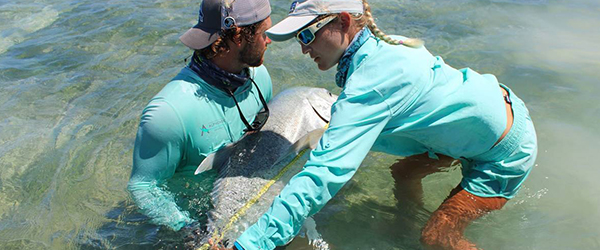
2. Manta Ray Photo-Identification Citizen Science Project
ICS is collaborating with Manta Trust to research and understand the population dynamics and movement patterns of reef manta rays by using established research techniques such as photo-identification, satellite telemetry and genetic analyses of tissue samples.
Since the project began in 2016, a total of 56 individual reef mantas have been identified in the Alphonse Group, through 121 sightings. Identification is achieved by analysing the unique natural marks present in every individual and constant from birth.
By taking photographs Alphonse Island Lodge guests are able to directly contribute to the research and increase their scientific understanding through this citizen science approach, which enables long-term monitoring of the population dynamics and structure within the Seychelles and beyond.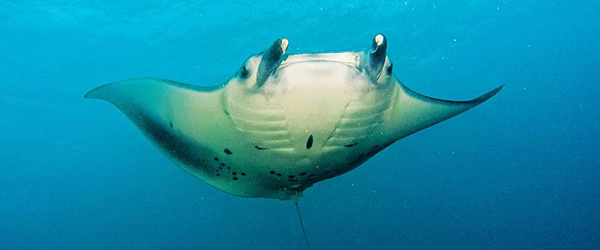
3. Alphonse Island Wedge-Tailed Shearwater Colony
This seabird nests in burrows underground, every two weeks ICS check these nests in order to document the progression of each new family, this allows us to see how many chicks fledge and compare breeding success across years.
Since 2017 ICS has been felling coconut trees to provide their preferred semi-open habitat and controlling invasive species which have been predating on the colony. After just one season of this management, our team were delighted to see the number of fledged chicks double from 5 to 10.
The most recent season has shown an even more impressive 17 chicks surviving! We’re very pleased to share news of this rapid and remarkable increase in productivity.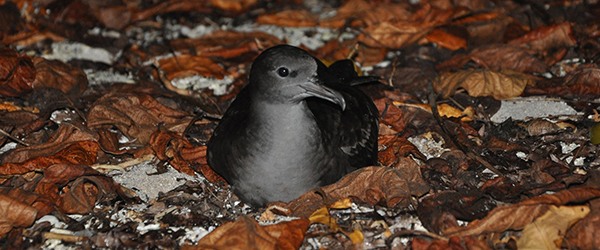
4. Satellite Tracking of Post-Nesting Female Turtles
The aim of this project is to determine post-reproductive migration patterns, likely driven by preferred foraging grounds, for Hawksbill and Green turtles from the Alphonse Group.
ICS has equipped ten adult female turtles with satellite devices. Results have shown Green turtles travelling as far as Kenya and Somalia, while Hawksbills remained in the Seychelles plateau.
This is incredibly important information regarding relatively unknown population movements for these two critically endangered species, this data can be used to enforce the closure of marine protected areas that are important to their entire life cycle, ensuring the long-term sustainability for their protection.![]()
